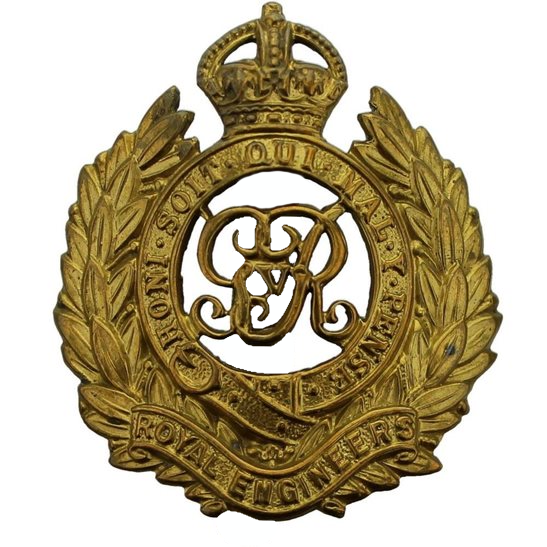Personal Details
Born: 15 June 1896 in Ellesmere, Shropshire.
Family: He was the second of three sons born to John Hood, a commission agent, and his wife Mary Jane. He married Drusilla Viola Johnson on 6 April 1915 in St. Alkmund’s Parish Church, Whitchurch, Shropshire and was father to Reginald and Mary.
Residence: In 1901 and 1911 the family was living at 27 Brownlow Street, Ellesmere. In 1915 Arthur was living at Mountain View, Barnfield Road, Blaenavon, Pontypool, South Wales and in 1919 his address was Harcourt House, Brownlow Road, Ellesmere. In 1939 he was living at 3 Black Park Road, Whitchurch and continued to do so until his death.
Employment: In 1911 and 1939 he was a railway clerk. During the war he was a proficient telegraph operator.
Died: 17 April 1967 at the Cottage Hospital, Whitchurch, aged 71.
Military Details
Regiment: Royal Engineers
Rank: Private
Service Number: 321825
Date of Enlistment: 6 June 1916
Date of Discharge: 13 October 1919
Reason for Discharge: Demobilisation
Other Information: Although he signed up in 1916 he was not called up for service until 1917
Arthur was awarded the Campaign Medals (British War medal and Victory medal)

The British War Medal (also known as 'Squeak') was a silver or bronze medal awarded to officers and men of the British and Imperial Forces who either entered a theatre of war or entered service overseas between 5th August 1914 and 11th November 1918 inclusive. This was later extended to services in Russia, Siberia and some other areas in 1919 and 1920. Approximately 6.5 million British War Medals were issued. Approximately 6.4 million of these were the silver versions of this medal. Around 110,000 of a bronze version were issued mainly to Chinese, Maltese and Indian Labour Corps. The front (obv or obverse) of the medal depicts the head of George V. The recipient's service number, rank, name and unit was impressed on the rim.
The Allied Victory Medal (also known as 'Wilfred') was issued by each of the allies. It was decided that each of the allies should each issue their own bronze victory medal with a similar design, similar equivalent wording and identical ribbon. The British medal was designed by W. McMillan. The front depicts a winged classical figure representing victory. Approximately 5.7 million victory medals were issued. Interestingly, eligibility for this medal was more restrictive and not everyone who received the British War Medal ('Squeak') also received the Victory Medal ('Wilfred'). However, in general, all recipients of 'Wilfred' also received 'Squeak' and all recipients of The 1914 Star or The 1914/1915 Star (also known as 'Pip') also received both 'Squeak' and 'Wilfred'. The recipient's service number, rank, name and unit was impressed on the rim.

